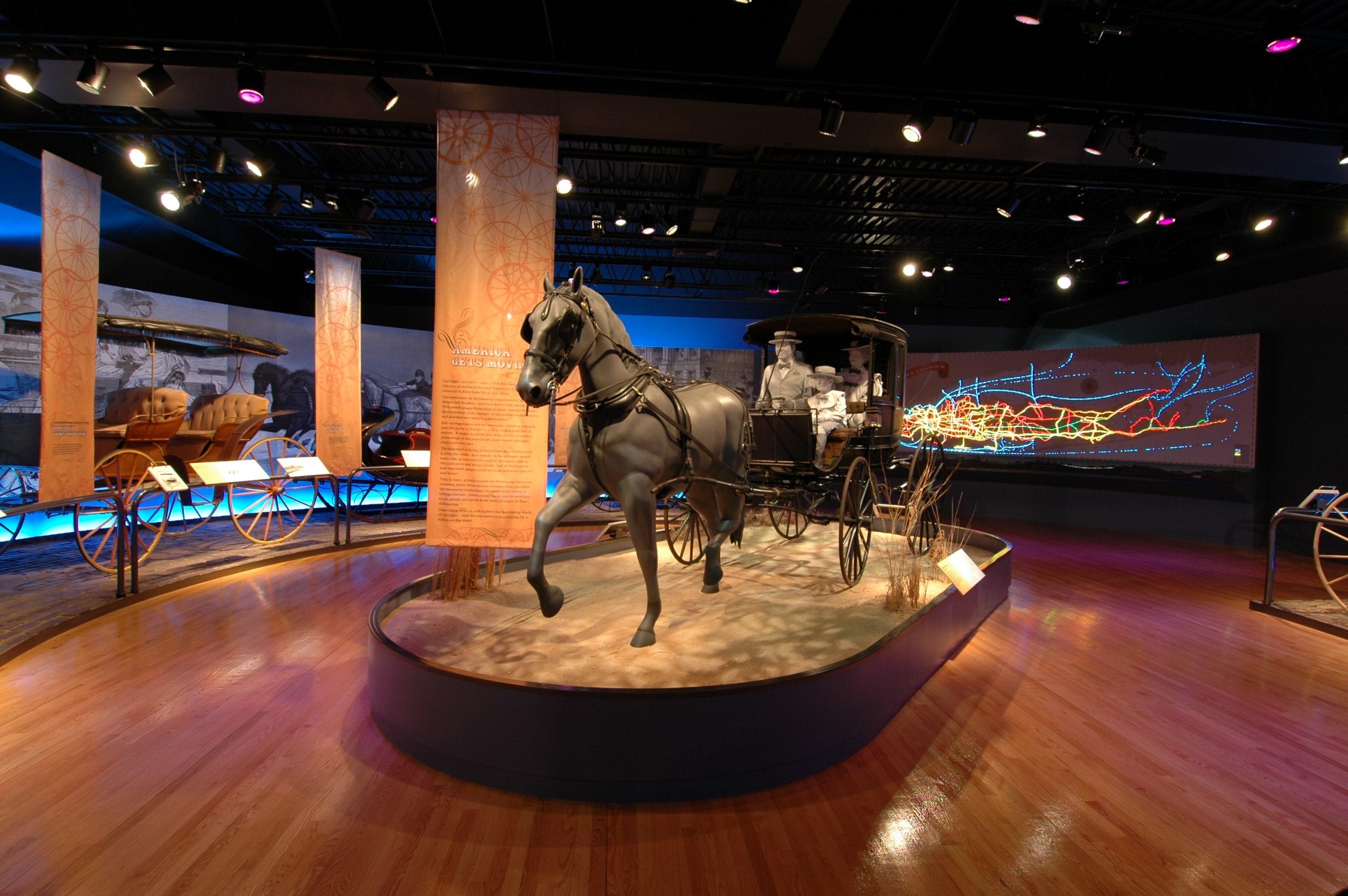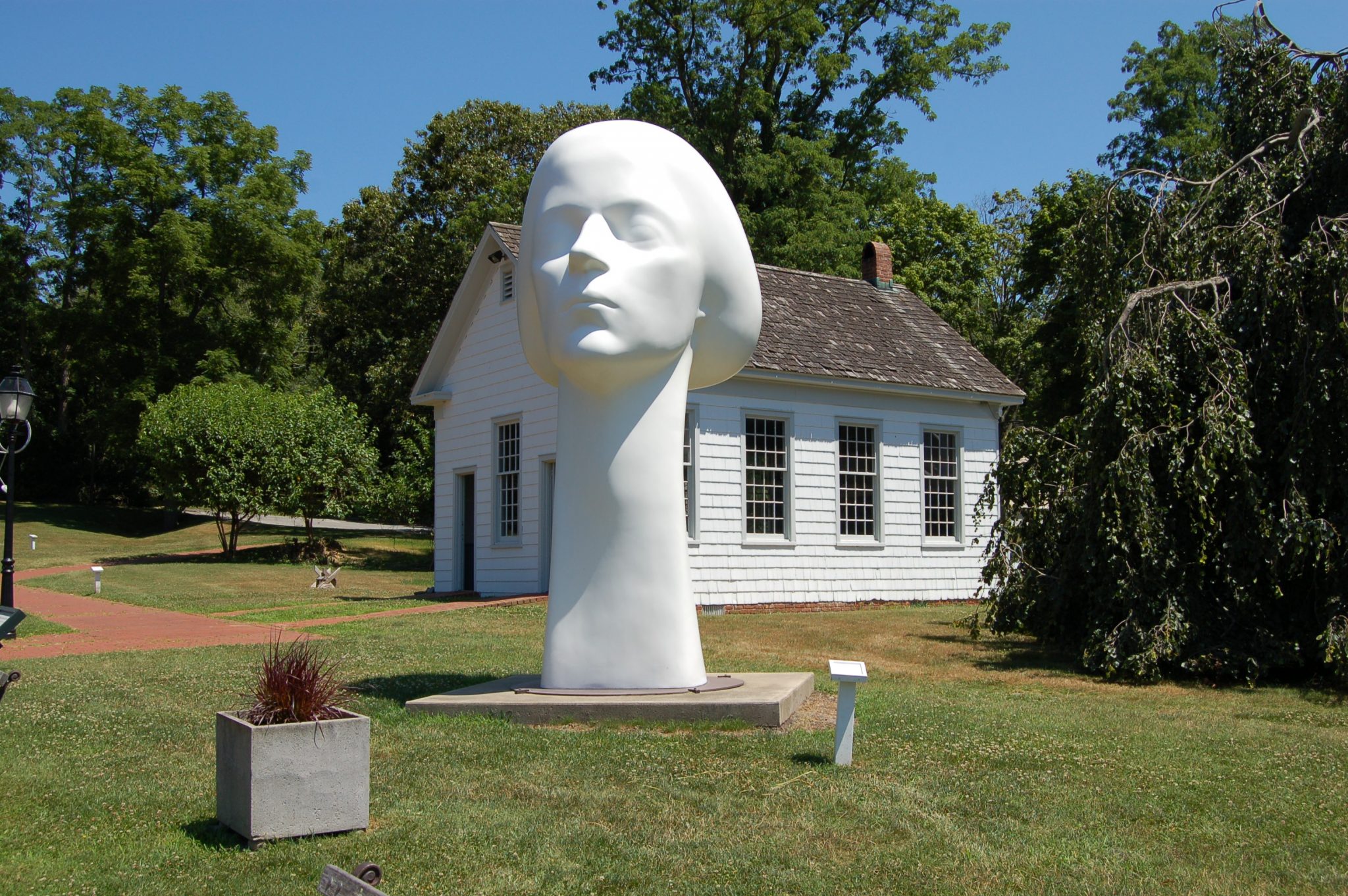Browse The Long Island Museum Map
Browse The Long Island Museum Map
Blog Article
Discover the Rich Background of Long Island at This Exciting Museum
Immersing oneself in the historic tapestry of Long Island unveils a story that spans centuries and weaves together a diverse array of influences. From the Native American people that first inhabited the area to the colonial inhabitants who formed its very early structures, the layers of history at this exciting gallery supply a glimpse right into a bygone period. As site visitors go across through exhibits describing the Industrial Revolution's influence and Long Island's maritime heritage, a deeper understanding of the region's evolution starts to arise. Remain tuned as we explore Long Island's modern period, clarifying how the past remains to resonate in today.
Indigenous American Influences on Long Island
The Indigenous American impacts on Long Island have played a considerable function in forming the region's social heritage and historical development. Lengthy prior to European inhabitants showed up, the land currently understood as Long Island was occupied by numerous Indigenous American people, including the Massapequas, Montauketts, and Shinnecocks. These tribes lived off the land, angling in the bountiful waters surrounding the island and cultivating the abundant dirt for agriculture.
The Native Americans on Long Island had a rich spiritual and social practice, obvious in their elaborate art work, traditional dances, and oral narration. Their deep connection to the land is reflected for lots of towns and landmarks on Long Island, which originated from the languages of these indigenous peoples.

Colonial Heritage and Very Early Settlements
With the arrival of European inhabitants, Long Island's landscape began to undergo significant transformations as colonial heritage and very early negotiations settled in the area. The Dutch were among the first Europeans to establish an existence on Long Island, with settlements such as New Amsterdam (contemporary New york city City) playing a crucial role in the island's colonial history. Later on, the English acquired control of the area, forming the building and cultural landscape via the establishment of villages and towns.
Among the most remarkable very early settlements on Long Island was Southampton, established in 1640 by English Puritans seeking spiritual freedom. This marked the beginning of arranged European negotiation on the island, leading the way for more growth and growth. In time, even more communities and towns emerged, each with its very own distinct personality and contribution to Long Island's colonial heritage.
As these very early negotiations grew, they formed the structure for the varied areas that exist on Long Island today. The colonial heritage of the region continues to be commemorated and protected, offering site visitors a glance into the past and an appreciation for the rich background that formed Long Island right into what it is today.
Industrial Revolution and Maritime Background
During a period of extensive transformation and technical development, Long Island's commercial change linked with its maritime history, shaping the region's economic landscape in extraordinary methods (The Long Island Museum location). The Industrial Transformation, which began in the late 18th century, brought significant modifications to Long Island's economy.
Long Island's closeness to New York City likewise added to its financial success, as goods can conveniently be delivered in between the 2 regions. Today, residues of Long Island's maritime and industrial past can be checked out at museums and historic sites, offering a glimpse right into the area's rich background.
Long Island in the Modern Era
Long Island's advancement in the modern-day era mirrors a blend of tradition and development, forming its modern identity. As one of the most densely inhabited regions in the United States, Long Island has actually come to be a hub for diverse industries, ranging from innovation and medical care to fund and tourism (The Long Island Museum weather). The island's distance to New york city City has played a considerable role in its advancement, with numerous commuters picking to stay in its rural areas
In recent years, Long Island has actually observed a rise in sustainable initiatives focused on maintaining its natural elegance and combating environment modification. The preservation of its coastal locations, such as the Fire Island National Seashore, highlights the island's commitment to environmental conservation. Additionally, Long Island's social scene has flourished, with art galleries, songs locations, and movie theaters contributing to its vivid cultural landscape.
Furthermore, the modern-day age has actually seen Long Island accept variety and addition, with a growing populace of immigrants contributing to its rich tapestry of cultures. Generally, Long Island remains to evolve, balancing its abundant history with modern progress to form a resistant and dynamic area.
Forthcoming occasions and special exhibitions
Showing Long Island's dynamic social landscape and dedication to innovation, the museum is currently hosting a series of unique events and excitedly prepares for upcoming events. One of the unique events presently on display screen is "Long Island Via the Ages," which traces the island's abundant background from its very early indigenous occupants to the existing day. This exhibition showcases multimedia, records, and artifacts discussions that provide a comprehensive take a look at the diverse heritage of Long Island.
In enhancement to the recurring special exhibits, the museum is gearing up for an interesting lineup of upcoming events. Visitors can eagerly anticipate a lecture series featuring renowned chroniclers and neighborhood professionals going over different aspects of Long Island's history. There will certainly likewise be hands-on workshops where attendees can learn typical crafts and skills that have been given with generations on the island.
These special events and upcoming occasions not only enrich the gallery experience however likewise work as a testament to Long Island's vibrant social tapestry and the museum's devotion to protecting and sharing its heritage with the community. The Long Island Museum NY.
Verdict
To conclude, the museum uses a comprehensive take a look at the rich background of Long Island, from Native American impacts to colonial heritage, commercial transformation, and modern period advancements. With unique exhibits and upcoming events, visitors can dive deeper right into the diverse cultural and historical facets of the area. Whether you're a background enthusiast or just interested about Long Island's past, this gallery offers a captivating experience for all.
Long prior to my response European settlers arrived, the land currently recognized as Long Island was lived in by different Indigenous American people, including the Massapequas, Montauketts, and Shinnecocks. The Dutch were among the very first Europeans to develop an existence on Long Island, with settlements such as New Amsterdam (present-day New York City) playing a vital role in the island's colonial background. Today, residues of Long Island's commercial and maritime past can be discovered at galleries and historical sites, using a glimpse right into the area's abundant history.

Please visit one of our local supporters - The Modern Medicare Agency Supplement Agent
Report this page